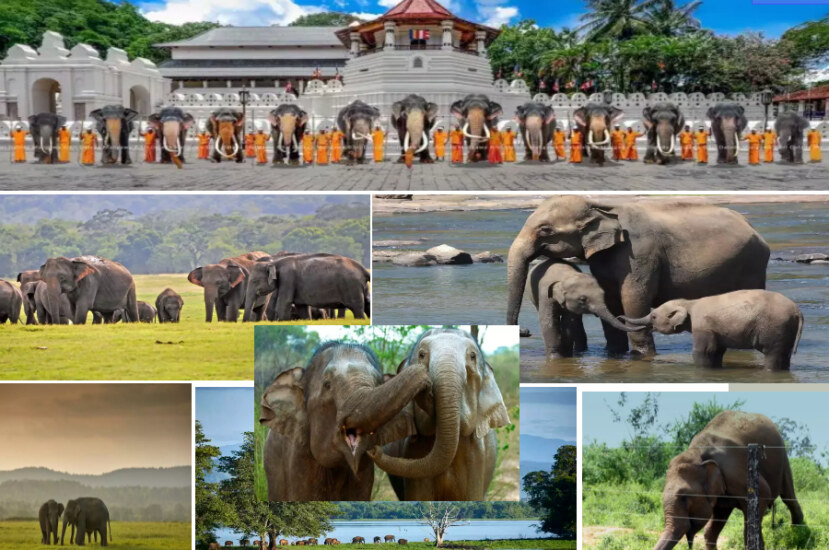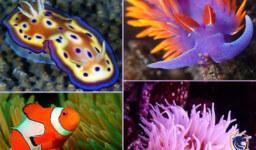Sri Lanka, a teardrop-shaped island nation located in the Indian Ocean, is home to a variety of wildlife, including the majestic Sri lankan elephants. Elephants are one of the most iconic and fascinating creatures on the planet. And Sri Lanka is home to one of the largest populations of wild Asian elephants in the world. Elephants have played an important role in the cultural and religious history of Sri Lanka and continue to be a vital part of its ecosystem.
These majestic animals have a deep cultural and historical significance in Sri Lanka, and are a cherished part of the country’s natural heritage. In this article, we will explore some of the unique features and characteristics of the elephants of Sri Lanka.

Features and Importance
The Sri Lankan elephant (Elephas maximus maximus) also known as Ceylon elephants, is a subspecies of the Asian elephant and is found exclusively on the island of Sri Lanka. These elephants are smaller than their Indian counterparts and have distinct physical features, such as a longer tail and smaller ears. They also have a more rounded forehead and a longer, more curved trunk, which makes them well-adapted to the dense forests and grasslands of Sri Lanka.
They are typically found in forested areas and grasslands throughout the country, with the largest concentration in the north-central region.
One of the most striking features of the elephants of Sri Lanka is their cultural, religious and historical significance. These animals have played an important role in Sri Lankan society for centuries, and have been revered and worshiped as sacred beings by many Sri Lankans. In ancient times, elephants were used in battle and were considered a symbol of power and strength. They were also used in religious ceremonies and processions, and were even considered a form of currency in some parts of the country.
(adsbygoogle = window.adsbygoogle || []).push({});
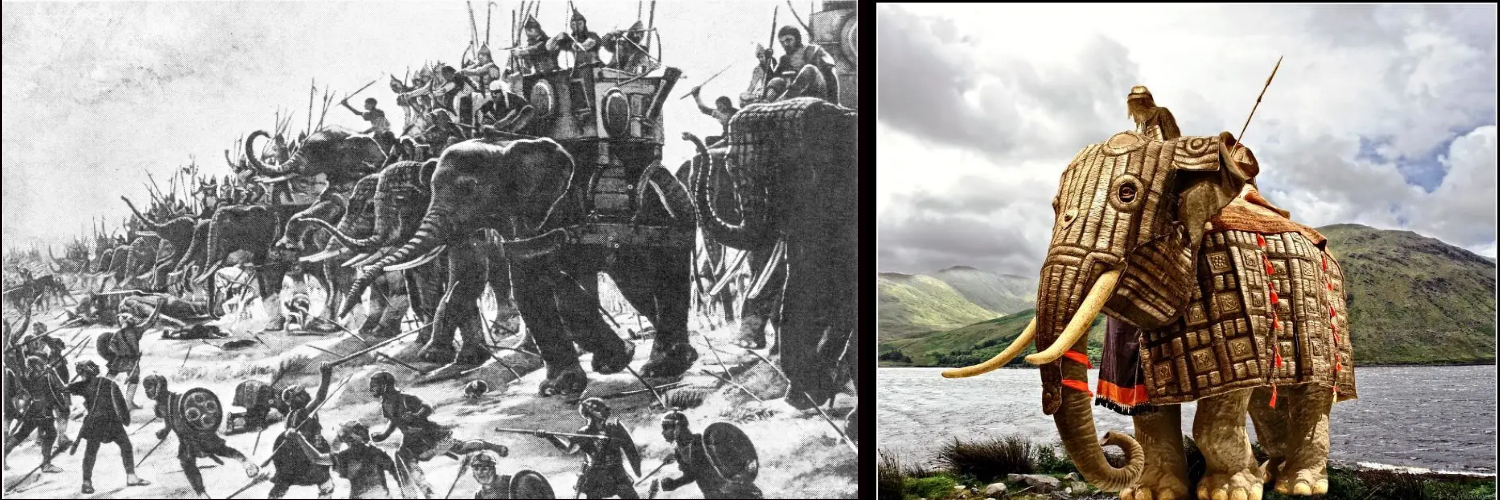
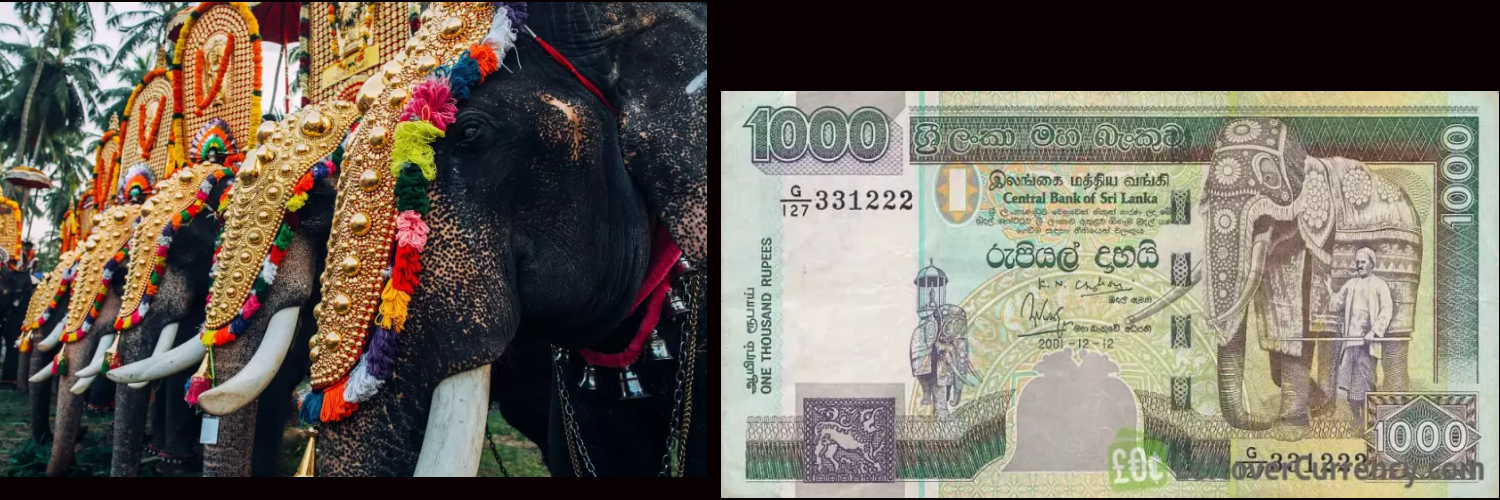
Elephants, are considered as a symbol of strength, wisdom, and nobility in the Nation Island.
Sri Lanka’s elephants are highly social and live in complex family groups that are led by a matriarch. These groups can consist of up to 20 individuals, including females, their offspring, and sometimes adult males. Elephants are known for their intelligence and emotional complexity, and Sri Lankan elephants are no exception. They are capable of exhibiting a wide range of emotions, including joy, grief, anger, and compassion, and have been observed comforting and supporting one another in times of distress.
(adsbygoogle = window.adsbygoogle || []).push({});
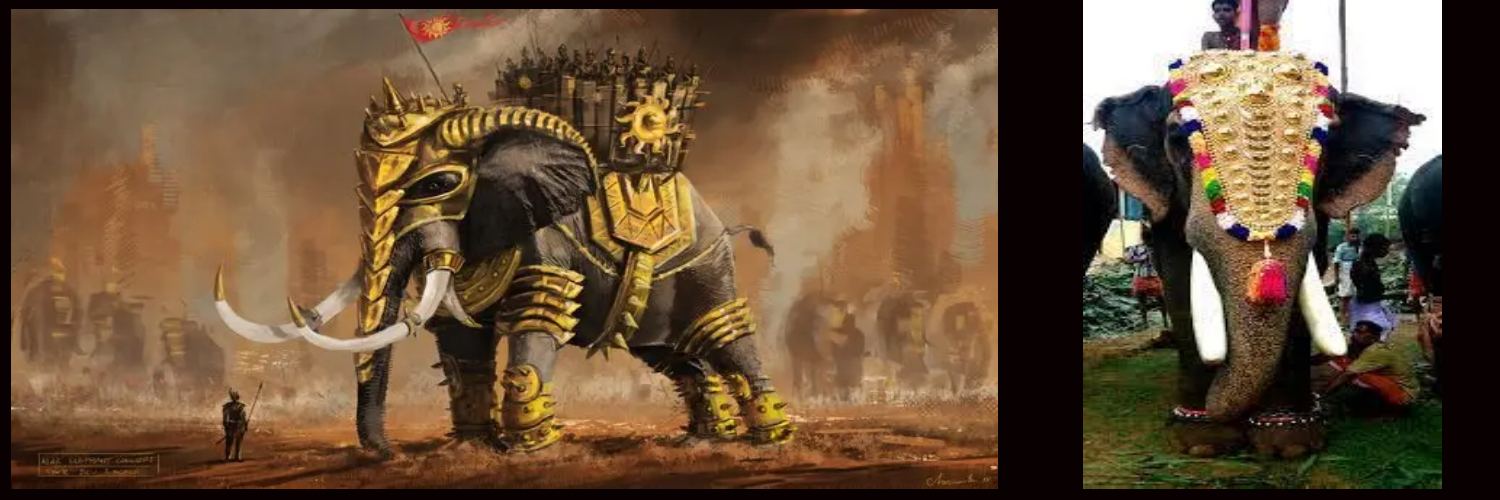
Threats to the Sri Lankan Elephants
Despite their cultural significance, Sri Lankan elephants face numerous challenges. One of the biggest threats to their survival is habitat loss and poaching. Deforestation and encroachment by humans have resulted in the fragmentation of their habitats, making it difficult for elephants to move between different areas in search of food and water.
Human-elephant conflict is also a major issue in Sri Lanka. As human populations have grown and encroached on elephant habitats, elephants have increasingly come into conflict with people. They often raid crops and damage property, leading to retaliatory killings by farmers and other residents. This conflict is a major threat to the survival of Sri Lankan elephants and is a complex issue that requires careful management and conservation efforts.
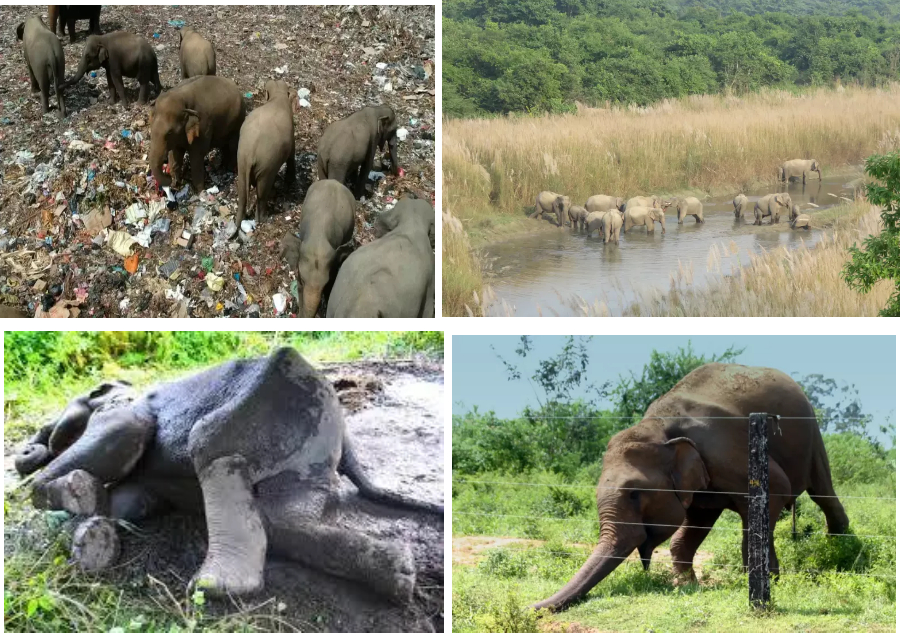
Despite these challenges, there are efforts underway to protect and conserve the country’s elephant populations. Conservation efforts in Sri Lanka have been underway for many years to protect the country’s elephant population. The Sri Lankan government has established a number of protected areas, such as national parks and wildlife reserves, where elephants can live and thrive.
And there are also community-based conservation programs that aim to reduce human-elephant conflict by providing alternative livelihoods and educating local communities.
The Population of Sri Lankan Elephants and it’s Habitat distribution
As of 2021, the estimated population of elephants in Sri Lanka is between 5,000 and 6,000 individuals. This population is considered to be one of the largest remaining populations of wild Asian elephants in the world.
Elephants in Sri Lanka can be found in a variety of habitats, including forests, grasslands, wetlands, and scrublands. They are distributed throughout the country, but there are several areas where elephant populations are particularly concentrated.
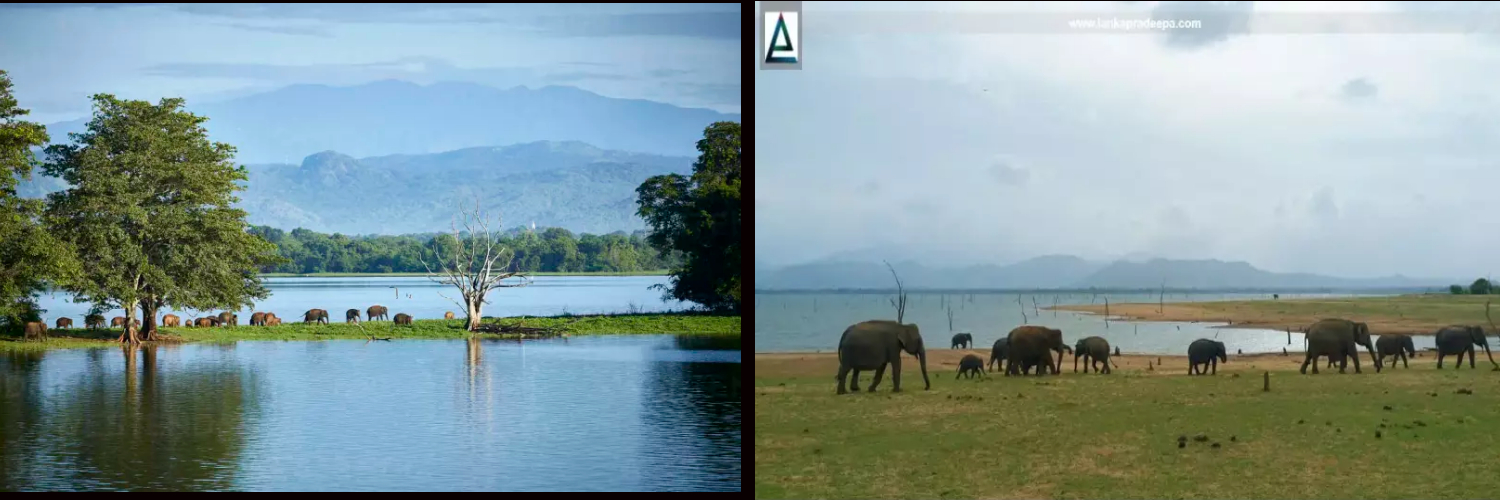
Some of the major elephant habitats in Sri Lanka include national parks such as Udawalawe, Yala, Wilpattu, and Minneriya. The Knuckles Mountain Range, Wasgamuwa National Park, and Gal Oya National Park are also important areas for elephant conservation. In addition to these protected areas, elephants can also be found in forest reserves, wildlife corridors, and other areas where suitable habitat is available.
It is important to note that elephants in Sri Lanka are not restricted to these protected areas and can also be found outside of them. However, the high concentration of elephants in these areas makes them important for the conservation of the species.
Elephant Corridor Connecting each Habitat
Sri Lanka has several elephant corridors, which are areas that connect fragmented elephant habitats and allow for the movement of elephants between different areas. These corridors are important for maintaining genetic diversity within elephant populations and reducing human-elephant conflict.
The exact number of elephant corridors in Sri Lanka is not known, as new corridors may be identified or created over time. However, it is estimated that there are over 20 known elephant corridors in Sri Lanka, including the Elephant Corridor in Habarana, the Kala Wewa – Rajanganaya Corridor, the Minneriya – Girithale Corridor, and the Dimbulagala – Somawathiya Corridor.
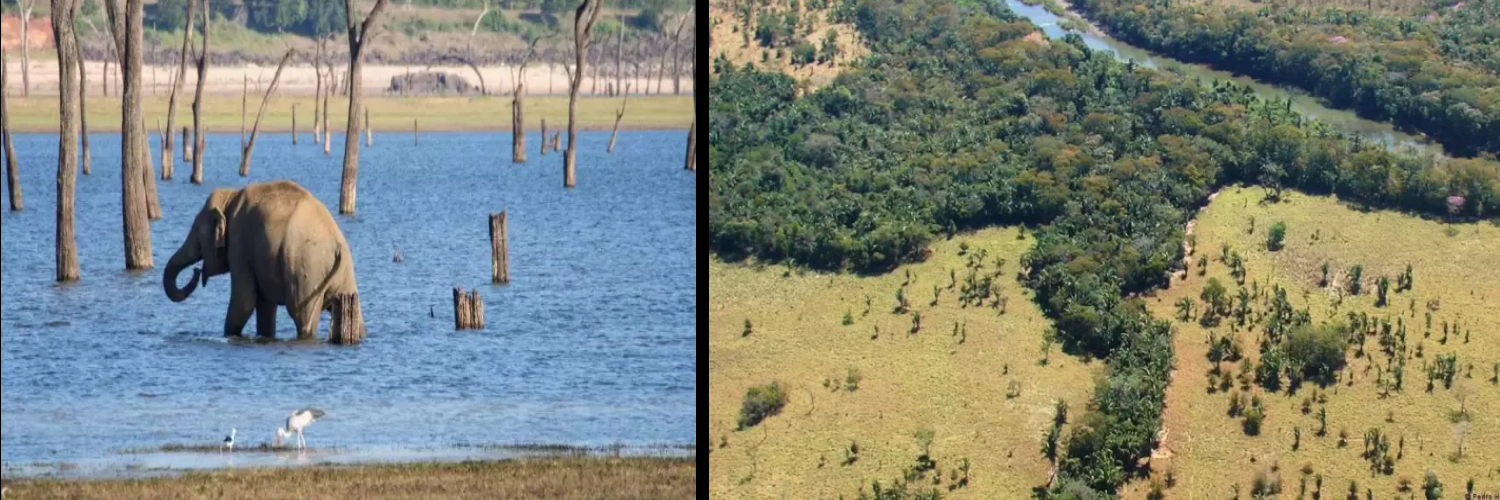
Efforts are underway in Sri Lanka to identify and conserve these corridors, through measures such as land acquisition, habitat restoration, and community-based conservation programs. The protection and maintenance of these corridors are crucial for the long-term survival of Sri Lanka’s elephant population.
(adsbygoogle = window.adsbygoogle || []).push({});
Domestic Elephants in Sri Lanka
Domestic elephants have been a part of Sri Lankan culture for thousands of years, and they continue to play an important role in the country today. These elephants are owned by individuals, temples, and institutions such as the Sri Lankan government, and are used for a variety of purposes, including cultural events, religious ceremonies, and even commercial logging.
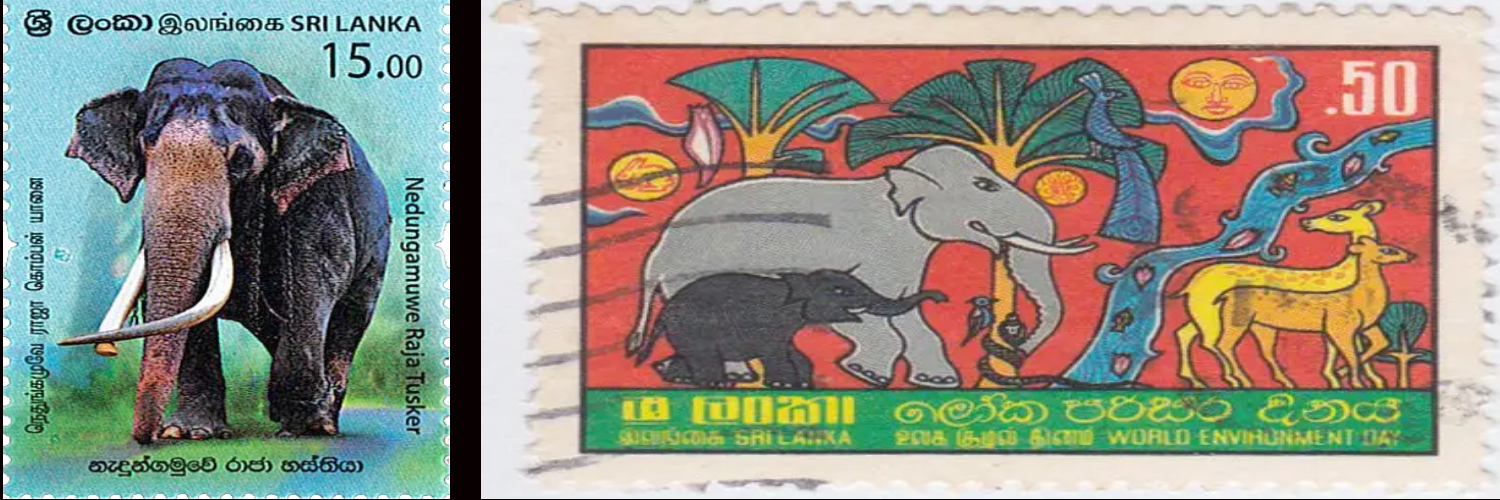
One of the most important cultural events that domestic elephants participate in is the annual Esala Perahera festival, which takes place in Kandy and is considered one of the largest Buddhist festivals in the world. During the festival, domestic elephants adorned with colorful garments and ornaments carry the sacred tooth relic of the Buddha through the streets of Kandy, accompanied by traditional dancers, drummers, and other performers.
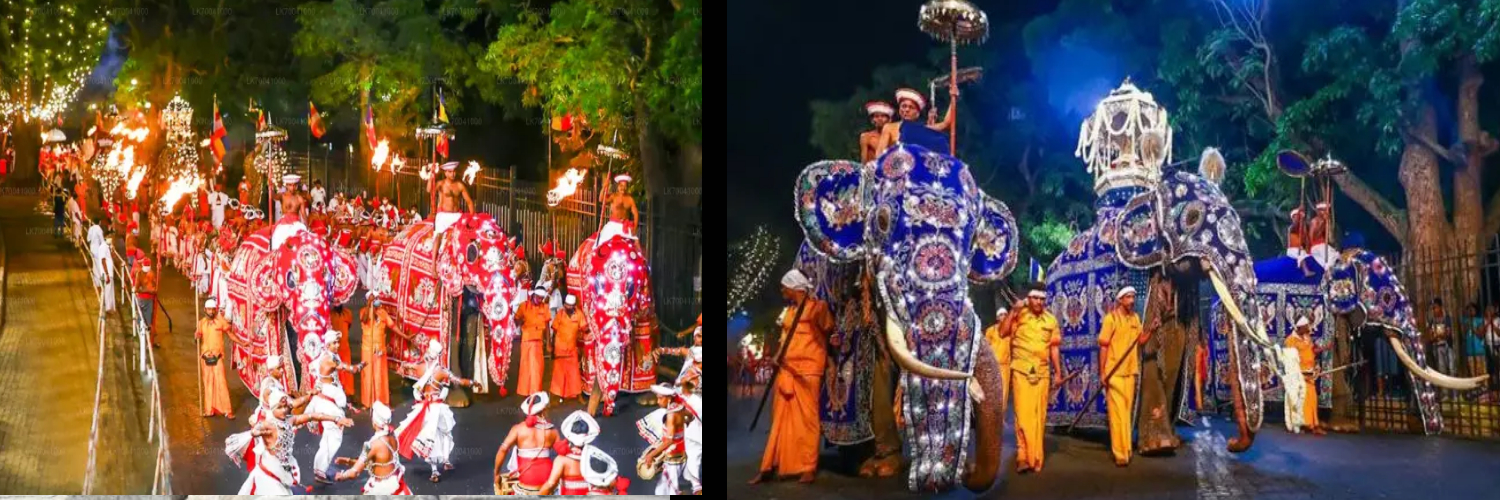
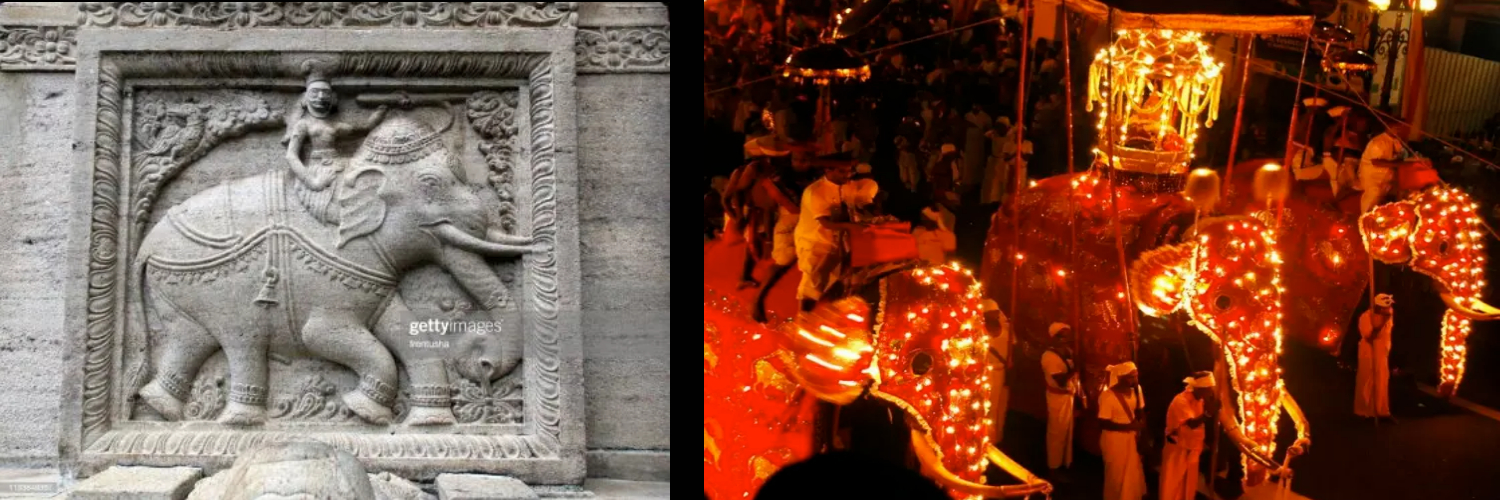
In addition to cultural events, domestic elephants in Sri Lanka are also used for transportation, such as carrying tourists through wildlife reserves and national parks. However, the use of domestic elephants in tourism has been a topic of controversy, with concerns raised about the welfare of the animals.
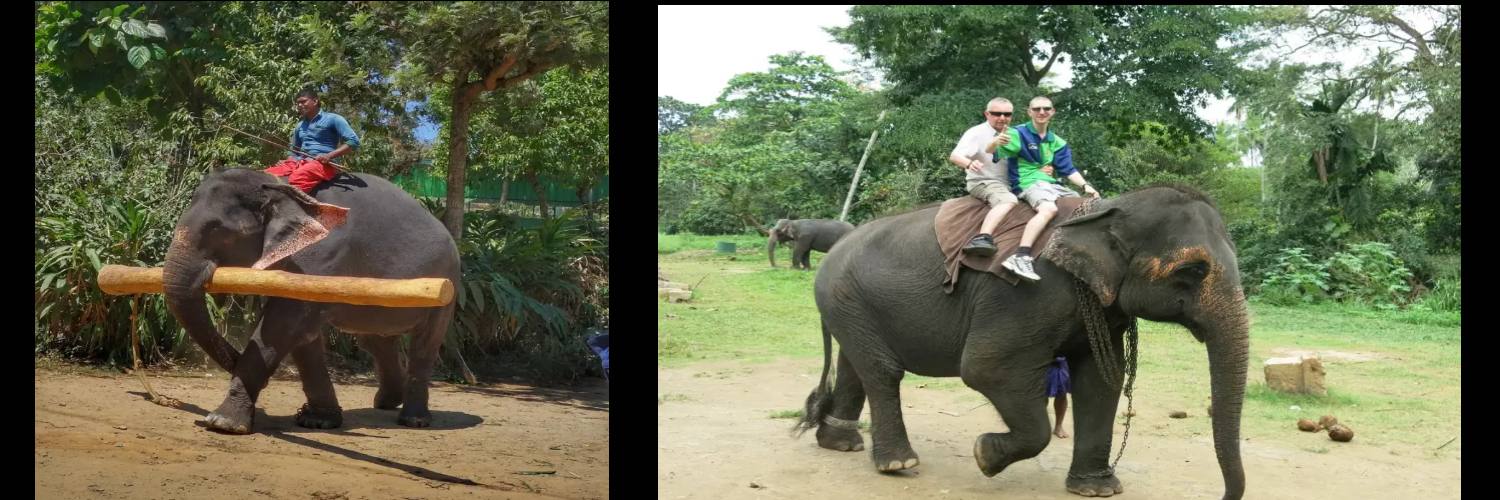
The Sri Lankan government has implemented regulations to ensure the welfare of domestic elephants, including requirements for proper feeding, healthcare, and living conditions. However, there is still much work to be done to ensure that domestic elephants in Sri Lanka are treated with the respect and care that they deserve.
(adsbygoogle = window.adsbygoogle || []).push({});
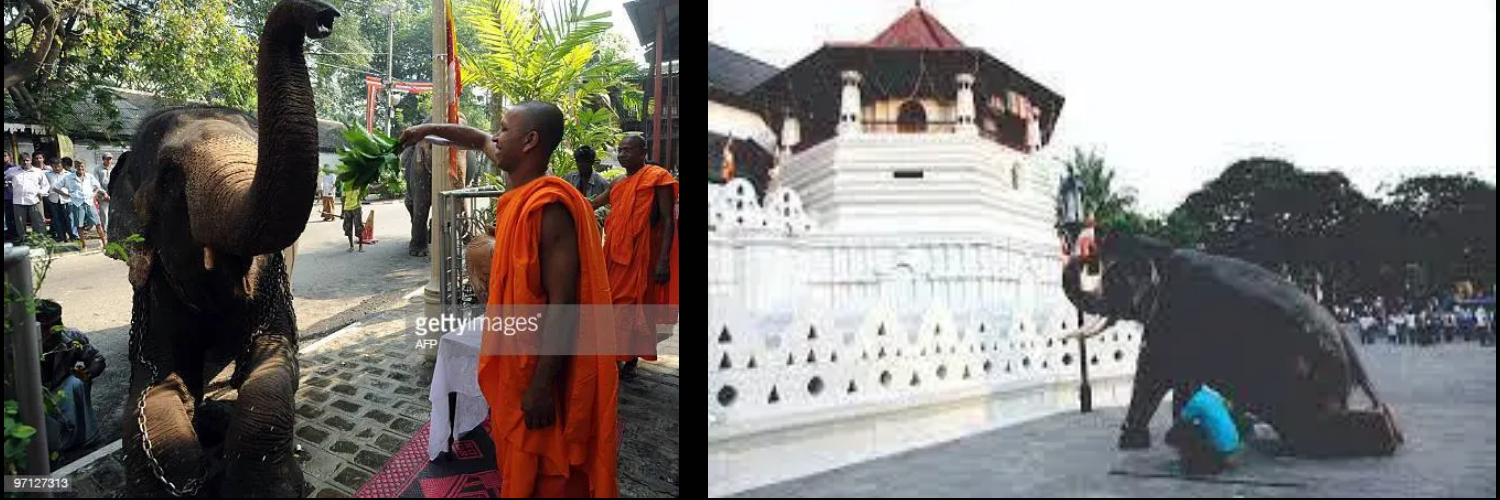
Several Famous Domestic Elephants in Sri Lanka
Sri Lanka is home to several famous domestic elephants that have played important roles in the country’s history and culture. Some of the most notable domestic elephants in Sri Lanka include:
-
-
-
- Raja: Raja was a tusker elephant that belonged to the Temple of the Tooth in Kandy, which is one of the most sacred Buddhist sites in Sri Lanka. Raja was known for his gentle demeanor and his participation in the annual Esala Perahera festival, during which he carried the sacred tooth relic of the Buddha through the streets of Kandy
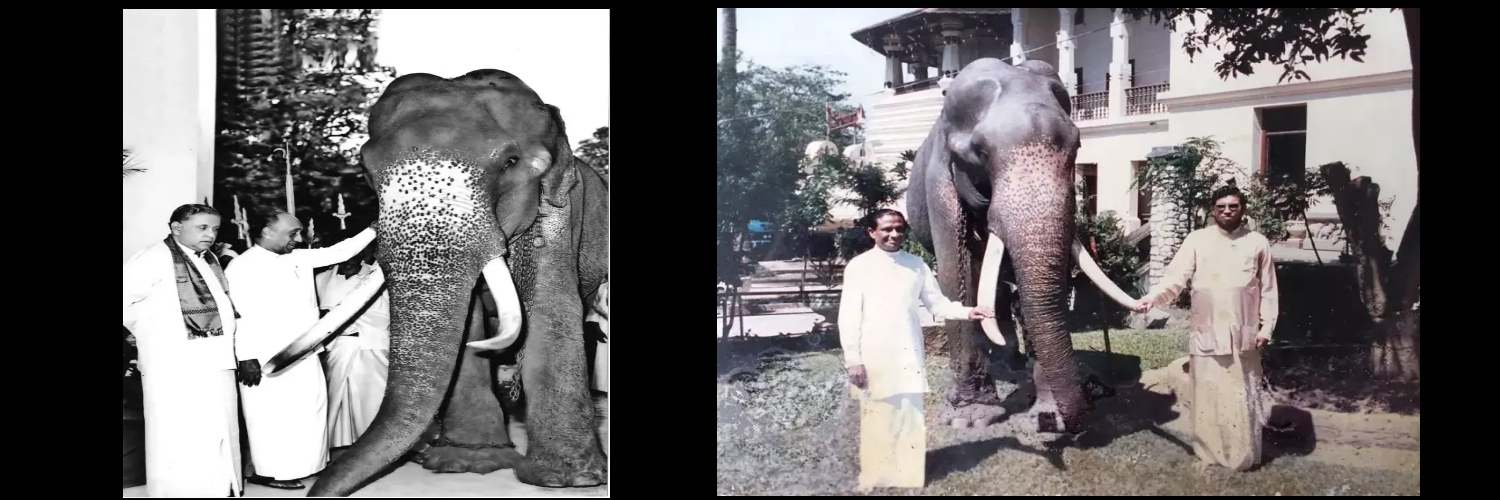
- Indra: Indra was another tusker elephant that belonged to the Temple of the Tooth. He was known for his size and strength, and was a prominent participant in the Esala Perahera festival for many years
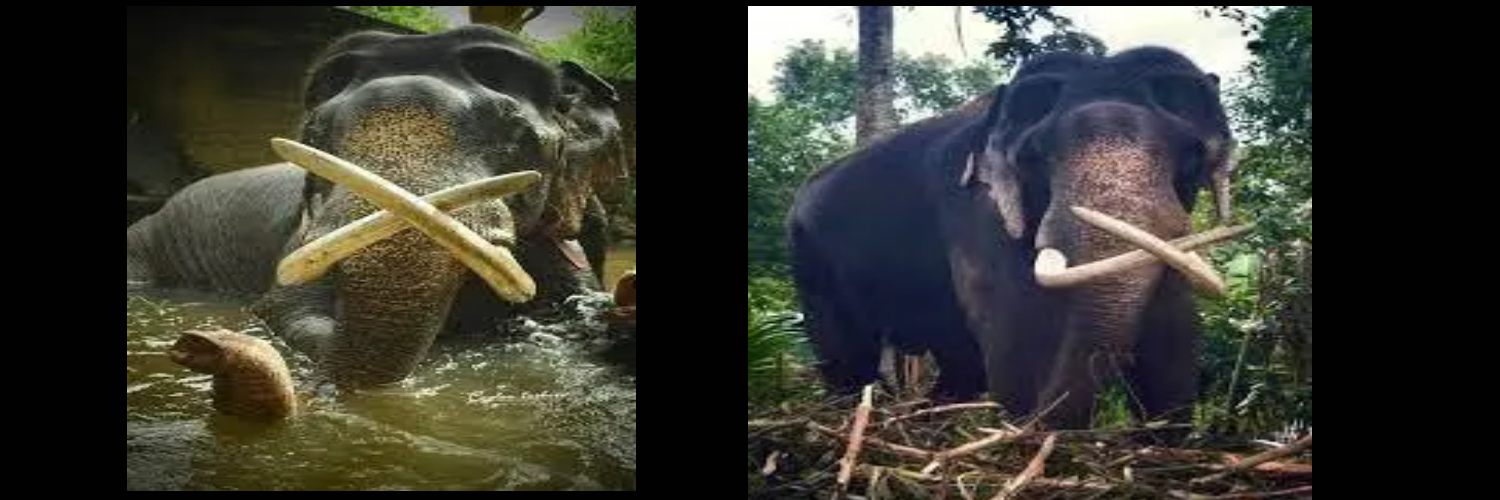
- Nandimitra: A domestic Female elephant .She was trained for warfare and served in the Sri Lankan army during the reign of King Dutugemunu in the 2nd century BC. He is bravery and loyalty, and played a key role in several battles during the country’s ancient history. She was used for religious and cultural ceremonies, and was known for her beauty and grace. She was also the subject of a popular children’s book in Sri Lanka.
Nandimithra
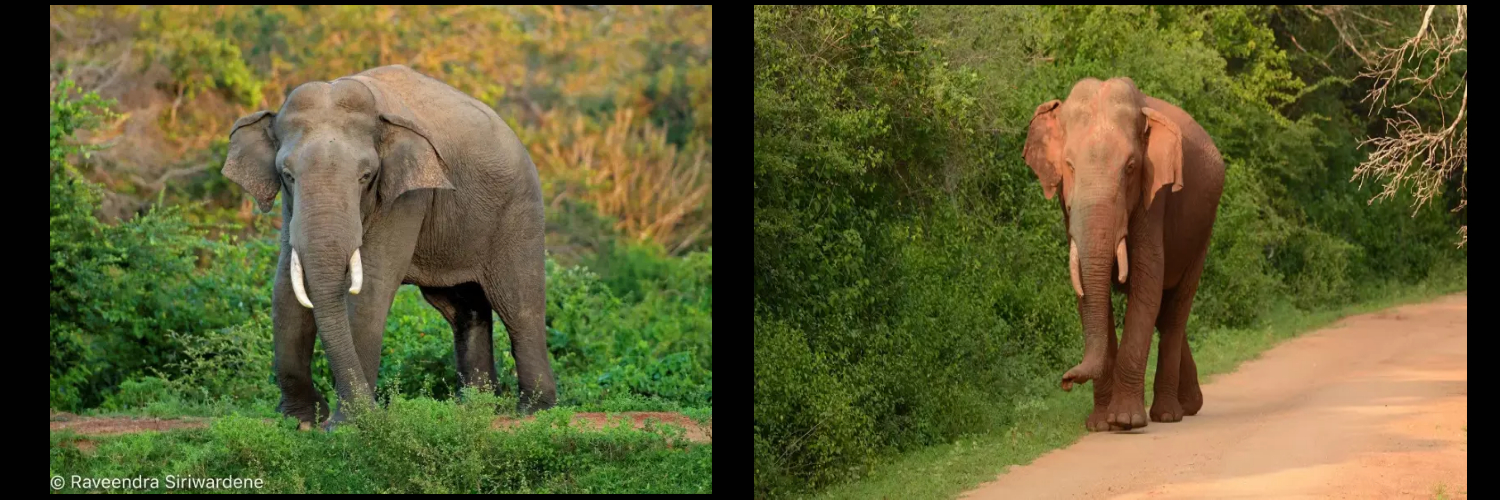
- Kandula: Kandula was a domestic elephant that belonged to King Dutugemunu and is considered a national symbol of Sri Lanka. According to legend, Kandula was the mount of King Dutugemunu during his battles against the invading Tamil forces, and is said to have played a key role in the king’s victories.
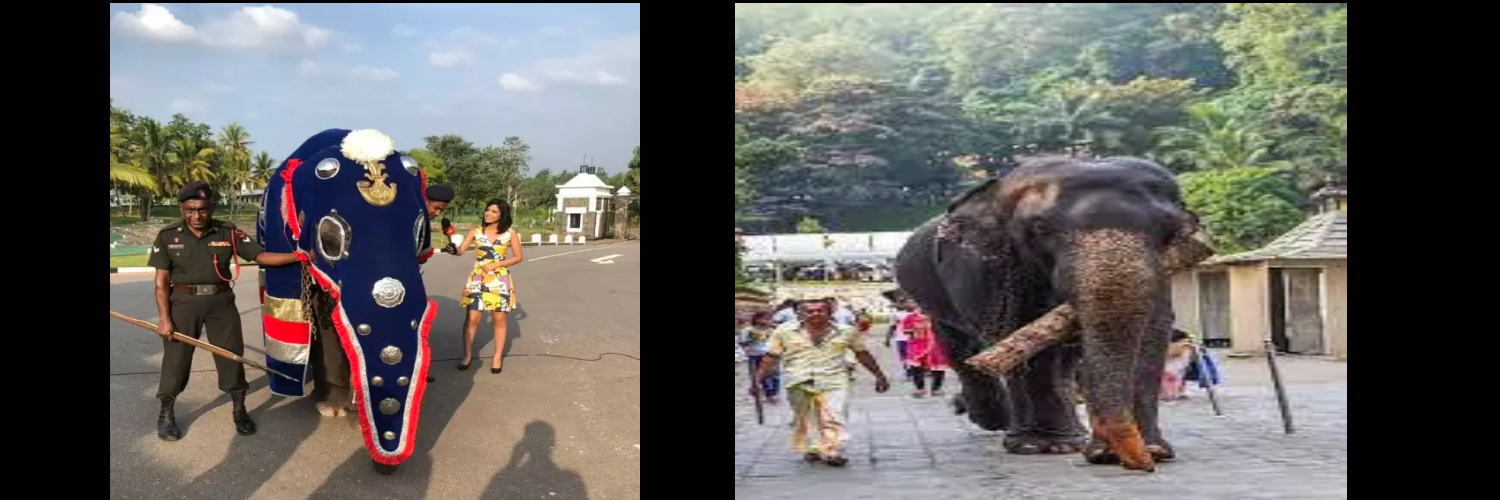 played a key role in the king’s victories.
played a key role in the king’s victories. - Ganga: A female domestic elephant that belongs to the Pinnawala Elephant Orphanage in Sri Lanka. which is a popular tourist attraction. She is known for her friendly demeanor and is a favorite among visitors.
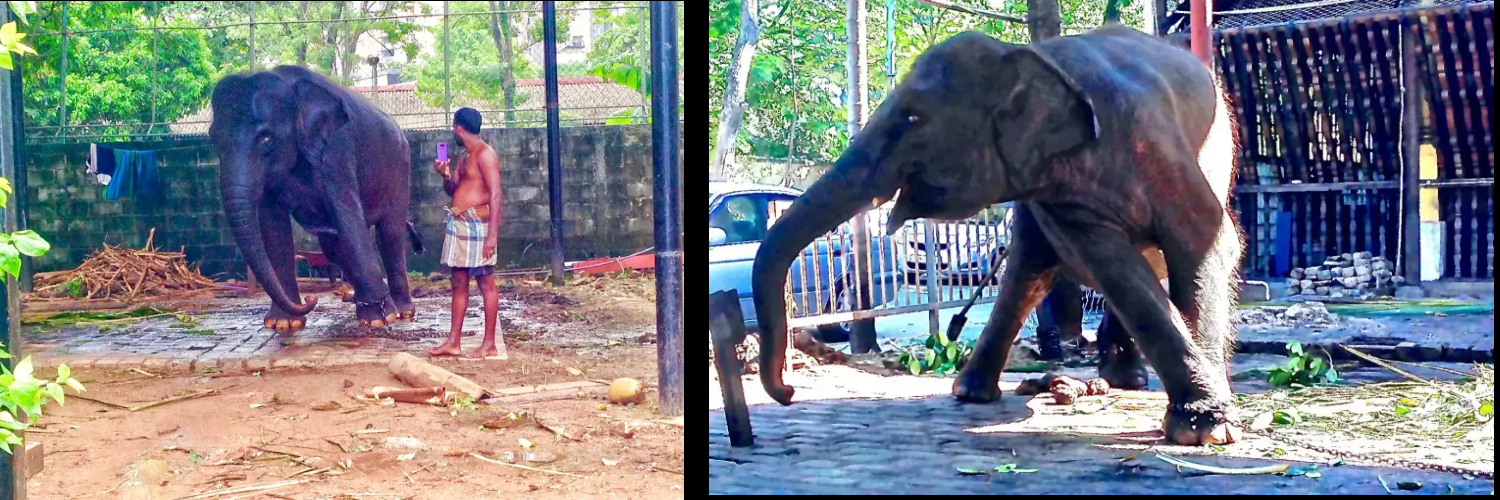
- Tikiri: A female domestic elephant that belonged to a private owner. He was a regular participant in cultural events and ceremonies. However, her treatment and condition came under scrutiny in 2019 after images of her emaciated body went viral on social media. She passed away shortly after, and her death brought renewed attention to the welfare of domestic elephants in Sri Lanka.
Tikiri
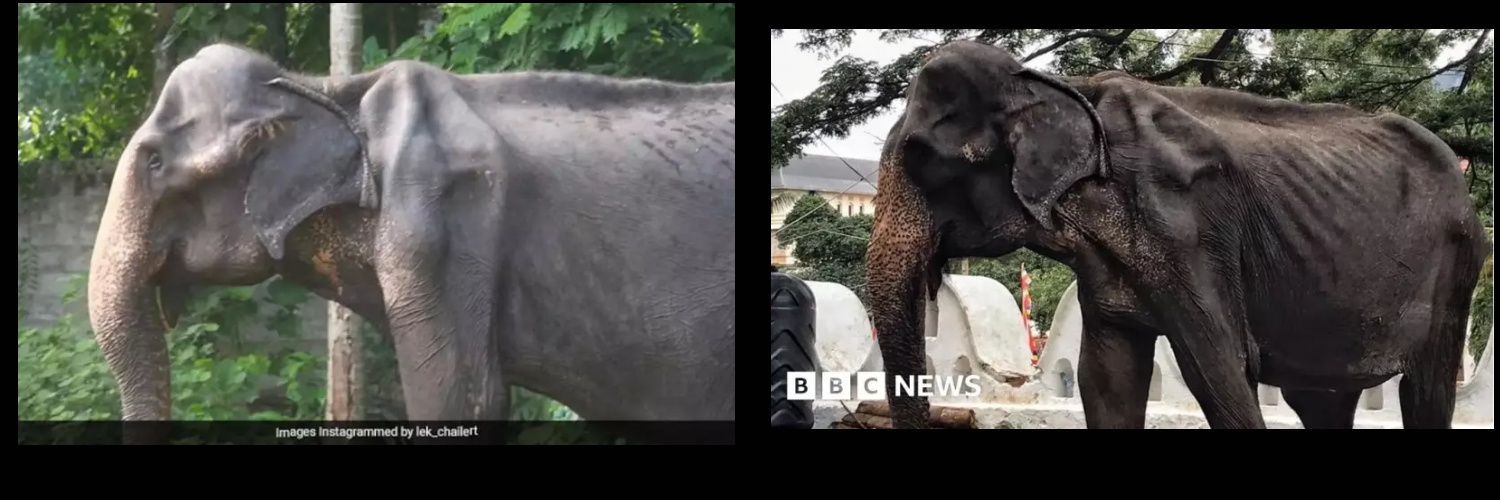
- Sama: Sama was a female domestic elephant that belonged to the Sri Lankan government and was used for ceremonial purposes. She was known for her gentle nature and her participation in the annual National Day parade.
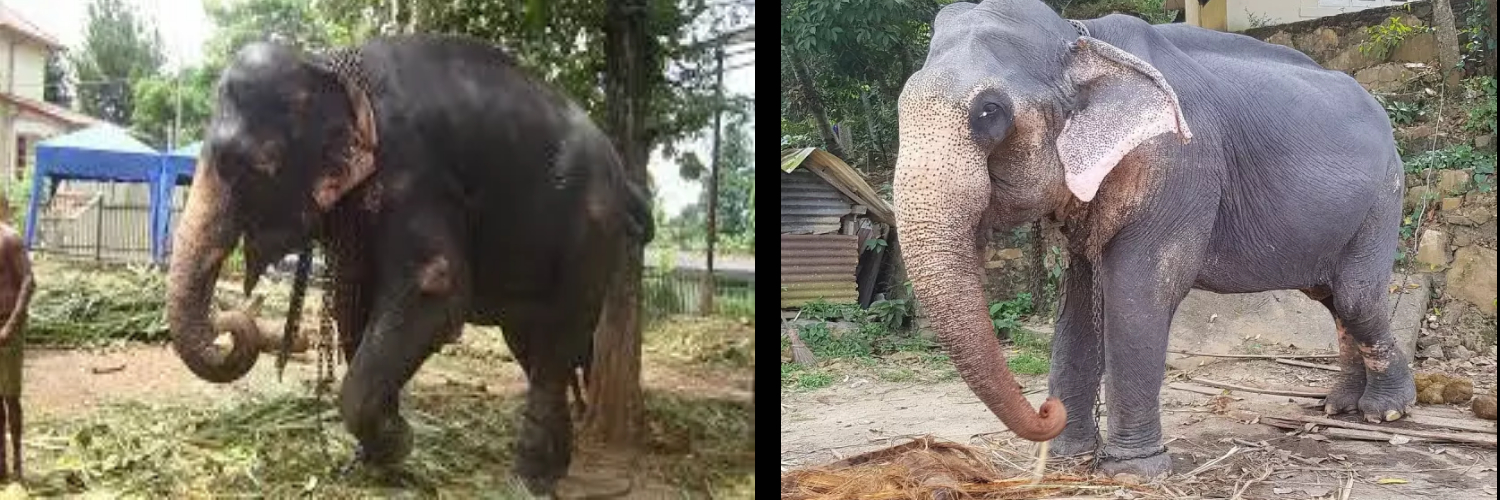
- Kumari: Kumari was a female domestic elephant that belonged to the Sri Lankan government and was used for ceremonial purposes. She was known for her strength and her participation in various cultural events and parades.
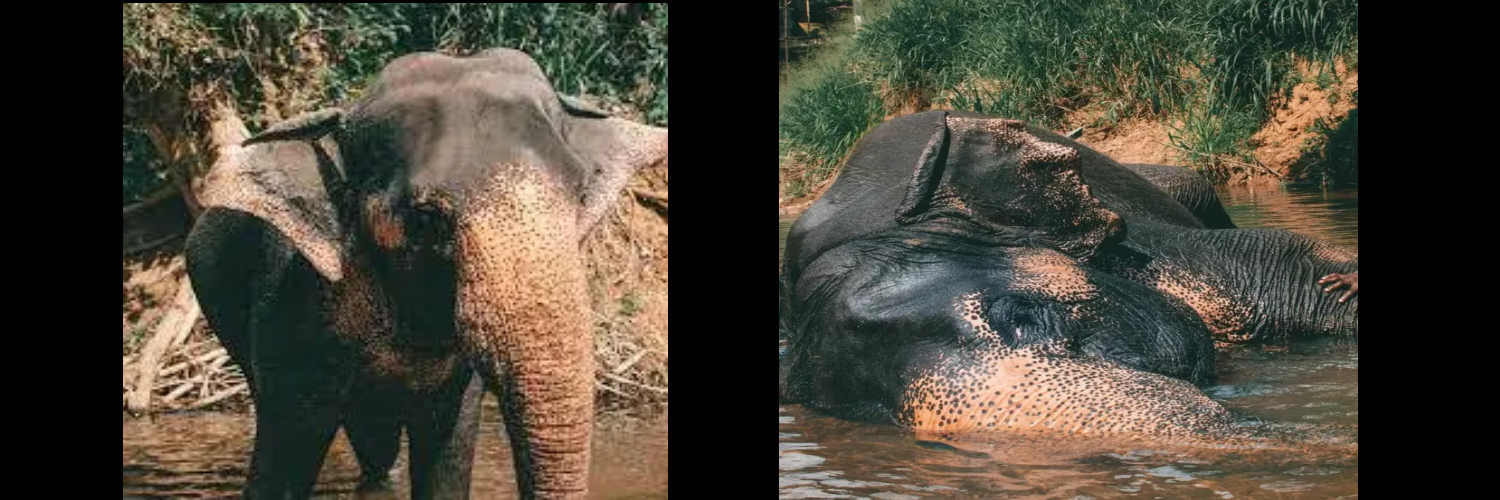
- Muthu: Muthu is a tusker elephant that belongs to the Ruhunu Kataragama Dewalaya in the southern province of Sri Lanka. He is participation in the Kataragama Esala Perahera festival, where he carries the sacred relics of the temple.
Muthu
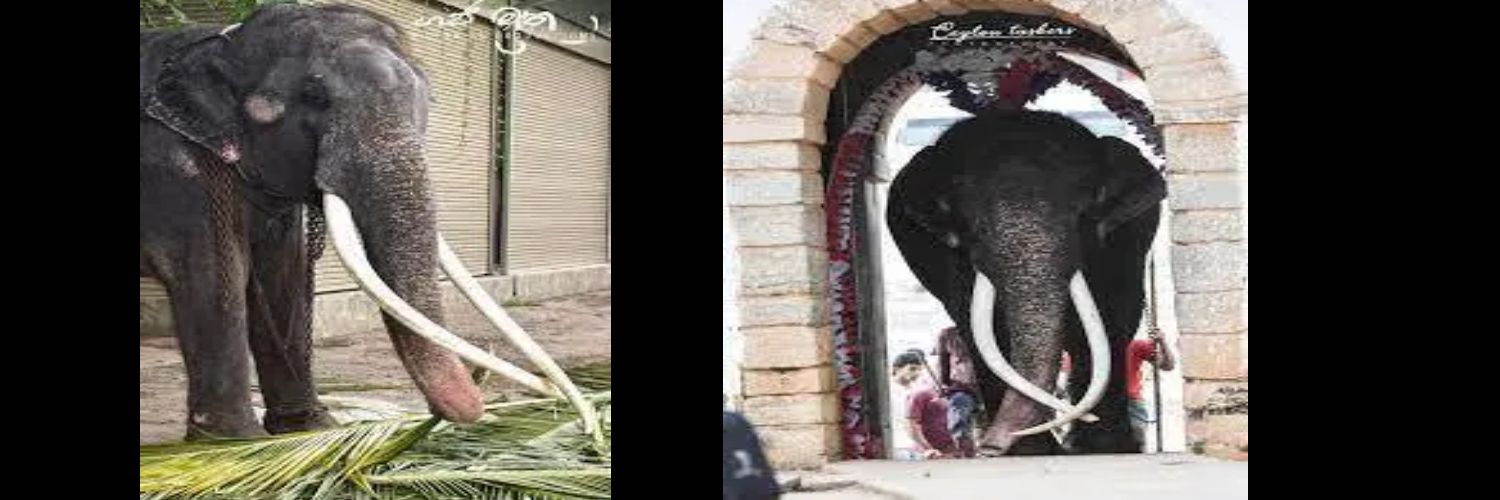
- Punchi Kumarihamy: Punchi Kumarihamy was a female domestic elephant that was owned by a Sri Lankan noble family. She was known for her beauty and grace, and participated in many cultural events and parades. She was also featured in several Sri Lankan films.
- Rathnawali: Rathnawali was a female domestic elephant that belonged to the Sri Lankan government and was used for ceremonial purposes. She was known for her intelligence and her participation in various cultural events and parade.
- Saliya: A male domestic elephant that belonged to a Sri Lankan temple and was known for his gentle nature. He participated in various religious and cultural events, and was often used to transport the temple’s relics.
Saliya
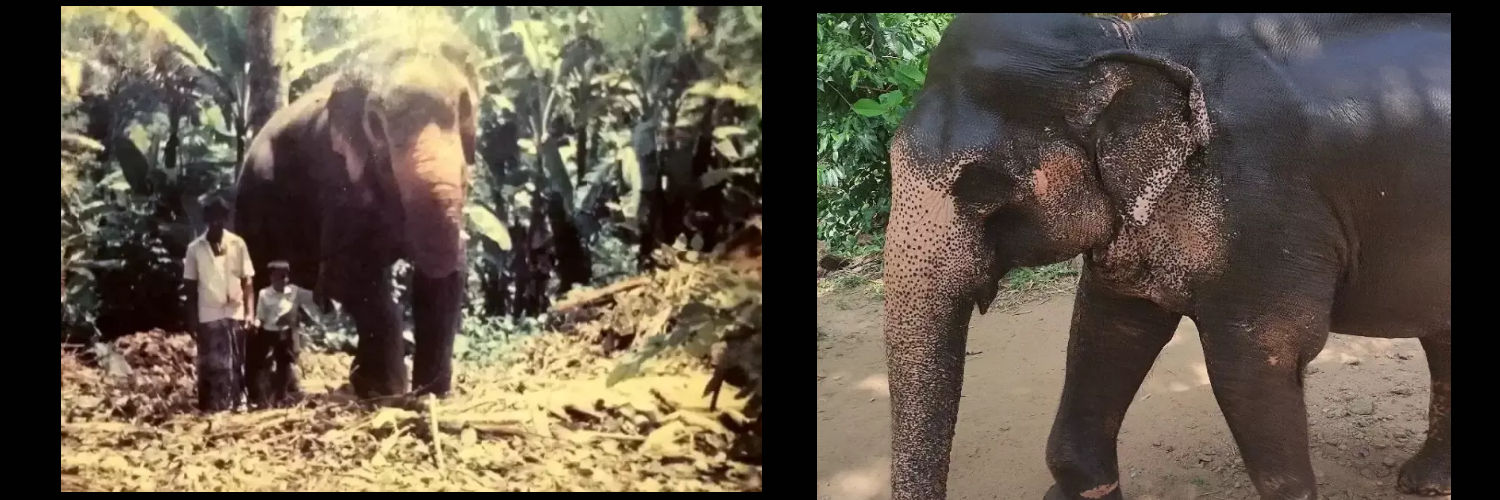
- Raju: Raju is a male domestic elephant that belongs to the Pinnawala Elephant Orphanage in Sri Lanka. He was rescued as a young calf and has since become a beloved figure at the orphanage, where he is playful and mischievous personality.
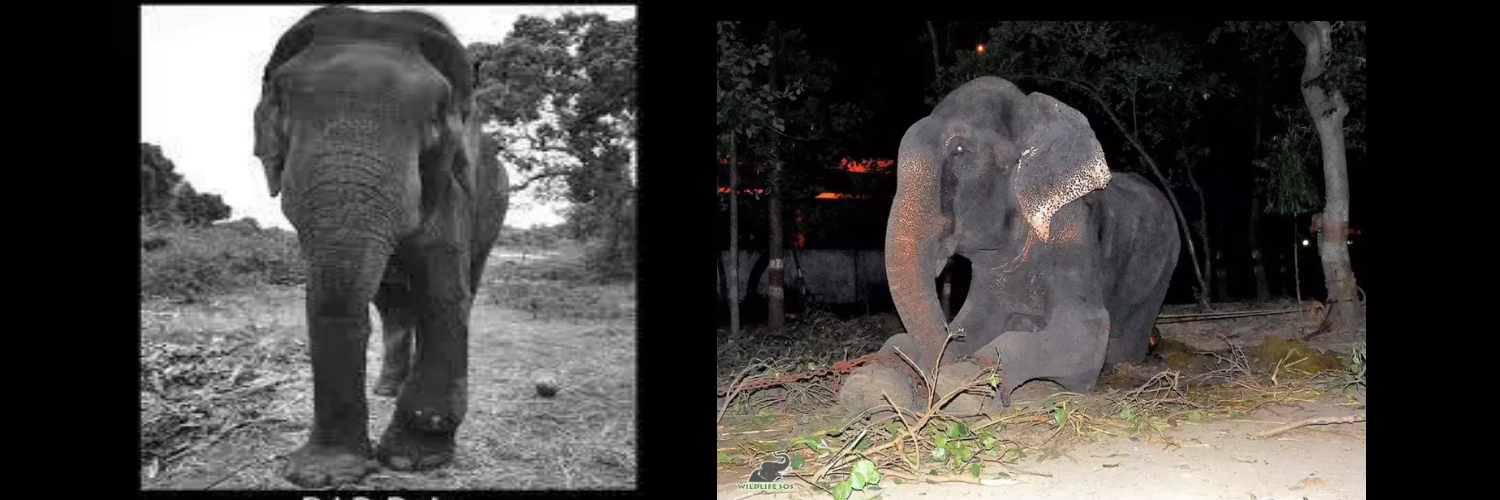
- Dala Poottuwa: Dala Poottuwa was a female domestic elephant that was owned by a Sri Lankan noble family. She was known for her beauty and was often featured in cultural events and parades.
Dala poottuwa
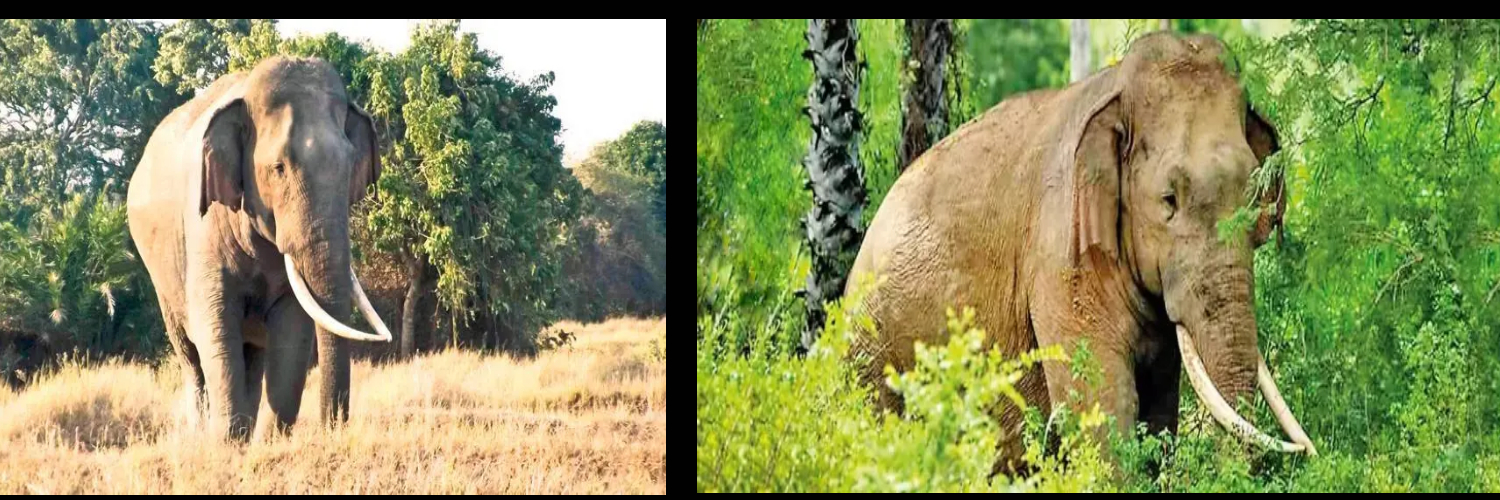
- Sathmi: Sathmi was a female domestic elephant that belonged to a temple in Sri Lanka. She was known for her intelligence and was often used to carry the temple’s relics during religious processions.
- Nelly: Nelly is a female domestic elephant that belongs to a private owner in Sri Lanka. She has been trained to perform a variety of tricks, including playing basketball and painting with a brush.
- Little John: Little John is a male domestic elephant that belongs to the Pinnawala Elephant Orphanage. He was rescued as a young calf. He has since become a beloved figure at the orphanage, where he is known for his friendly and outgoing personality.
- Raja: Raja was a tusker elephant that belonged to the Temple of the Tooth in Kandy, which is one of the most sacred Buddhist sites in Sri Lanka. Raja was known for his gentle demeanor and his participation in the annual Esala Perahera festival, during which he carried the sacred tooth relic of the Buddha through the streets of Kandy
(adsbygoogle = window.adsbygoogle || []).push({});
-
-

